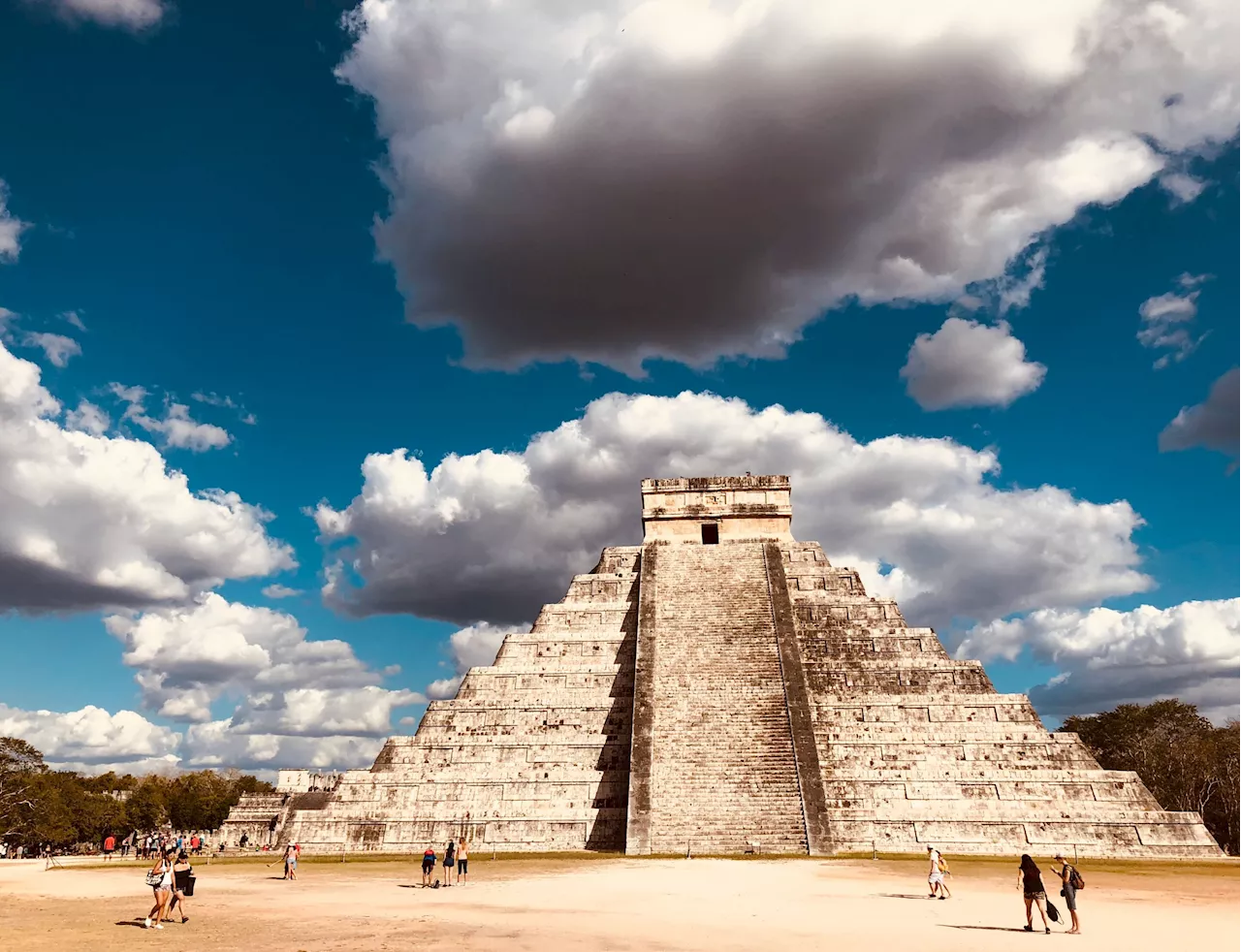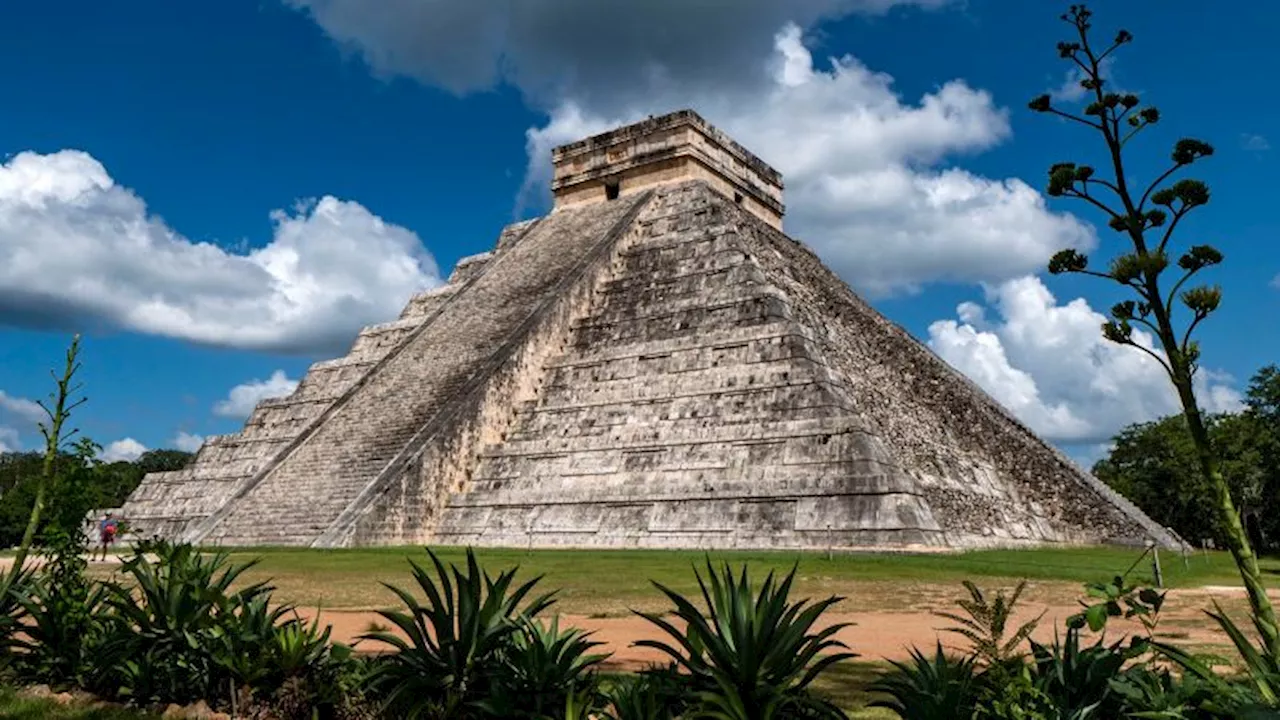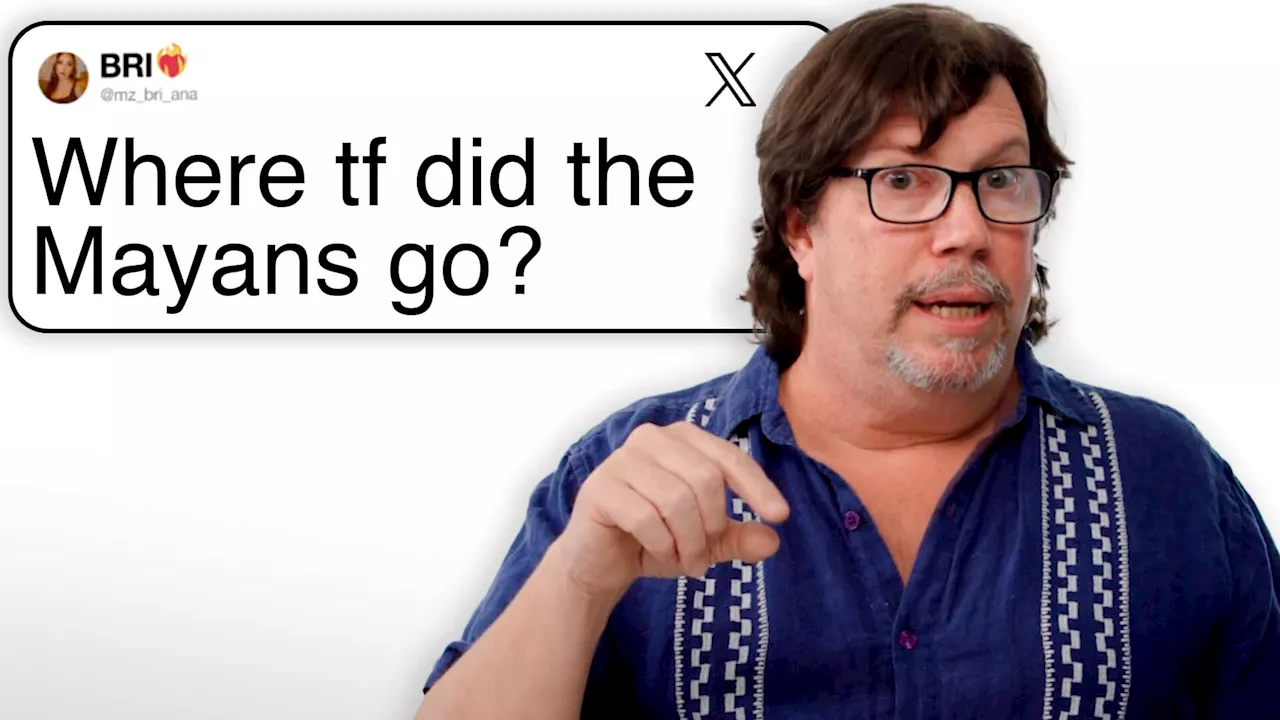Rising to power in the wake of the Classic Maya collapse, Chich n Itz was among the largest and most influential cities of the ancient Maya, but much about its political connections and ritual life remain poorly understood.
Close kin relationships, including two pairs of identical twins, suggests a connection to the Maya origin myths of the Popol Vuh. Further comparison to Maya populations today reveals the genetic impact of colonial-era epidemics.
Chichén Itzá is perhaps best known for its extensive evidence of ritual killing, which includes both the physical remains of sacrificed individuals and representations in monumental art. The controversial dredging of the site's Sacred Cenote in the early 20th century identified the remains of hundreds of individuals, and a full-scale stone representation of a massive in the site's core point to the centrality of sacrifice within the ritual life at Chichén Itzá.
"Most surprisingly, we identified two pairs of identical twins," says Kathrin Nägele, co-author and group leader at the MPI-EVA."We can say this with certainty because our sampling strategy ensured we would not duplicate individuals." Taken together, the findings indicate that related male children were likely being selected in pairs for ritual activities associated with the chultún.
Fossils Origin Of Life Anthropology Religion Disaster Plan Travel And Recreation STEM Education
Indonesia Berita Terbaru, Indonesia Berita utama
Similar News:Anda juga dapat membaca berita serupa dengan ini yang kami kumpulkan dari sumber berita lain.
 Ancient Maya genomes reveal the practice of male twin ritual sacrifice at Chichén ItzáRising to power in the wake of the Classic Maya collapse, Chichén Itzá was among the largest and most influential cities of the ancient Maya, but much about its political connections and ritual life remain poorly understood.
Ancient Maya genomes reveal the practice of male twin ritual sacrifice at Chichén ItzáRising to power in the wake of the Classic Maya collapse, Chichén Itzá was among the largest and most influential cities of the ancient Maya, but much about its political connections and ritual life remain poorly understood.
Baca lebih lajut »
 Ancient DNA dispels outdated assumption about Maya human sacrificesA new analysis of ancient DNA from the ancient Maya city of Chichén Itzá in Mexico challenges long-held misconceptions about the victims of ritual sacrifice.
Ancient DNA dispels outdated assumption about Maya human sacrificesA new analysis of ancient DNA from the ancient Maya city of Chichén Itzá in Mexico challenges long-held misconceptions about the victims of ritual sacrifice.
Baca lebih lajut »
 Ancient Maya Preferred to Sacrifice Boys, Analysis of Remains RevealsThe ancient city of Chichén Itzá is known for the evidence of ritual killing but this has always been poorly understood.
Ancient Maya Preferred to Sacrifice Boys, Analysis of Remains RevealsThe ancient city of Chichén Itzá is known for the evidence of ritual killing but this has always been poorly understood.
Baca lebih lajut »
 How did the Maya choose sacrifice victims? DNA yields new clues.A study of human remains deposited over 800 years at the Maya city of Chichen Itza challenges long-held assumptions about the age and gender of sacrifice victims.
How did the Maya choose sacrifice victims? DNA yields new clues.A study of human remains deposited over 800 years at the Maya city of Chichen Itza challenges long-held assumptions about the age and gender of sacrifice victims.
Baca lebih lajut »
 More than 100 Maya boys — some as young as 3 — were sacrificed and buried in a pit in Chichen Itza, DNA study revealsJennifer Nalewicki is a Salt Lake City-based journalist whose work has been featured in The New York Times, Smithsonian Magazine, Scientific American, Popular Mechanics and more. She covers several science topics from planet Earth to paleontology and archaeology to health and culture. Prior to freelancing, Jennifer held an Editor role at Time Inc.
More than 100 Maya boys — some as young as 3 — were sacrificed and buried in a pit in Chichen Itza, DNA study revealsJennifer Nalewicki is a Salt Lake City-based journalist whose work has been featured in The New York Times, Smithsonian Magazine, Scientific American, Popular Mechanics and more. She covers several science topics from planet Earth to paleontology and archaeology to health and culture. Prior to freelancing, Jennifer held an Editor role at Time Inc.
Baca lebih lajut »
 Maya Expert Answers Maya Civilization Questions From TwitterDr. Ed Barnhart, an American archaeologist, answers the internet's burning questions about the ancient Maya civilization. Why was the Maya calendar year only 260 days? Who did they sacrifice? Did they build more pyramids than the Egyptians? This Maya expert answers all these questions and much more.
Maya Expert Answers Maya Civilization Questions From TwitterDr. Ed Barnhart, an American archaeologist, answers the internet's burning questions about the ancient Maya civilization. Why was the Maya calendar year only 260 days? Who did they sacrifice? Did they build more pyramids than the Egyptians? This Maya expert answers all these questions and much more.
Baca lebih lajut »
